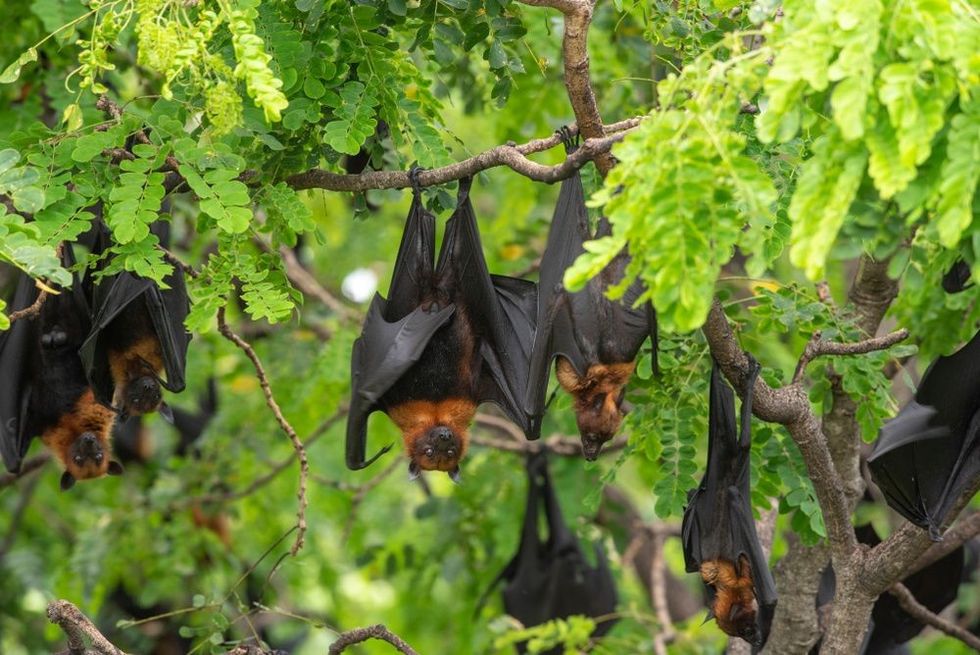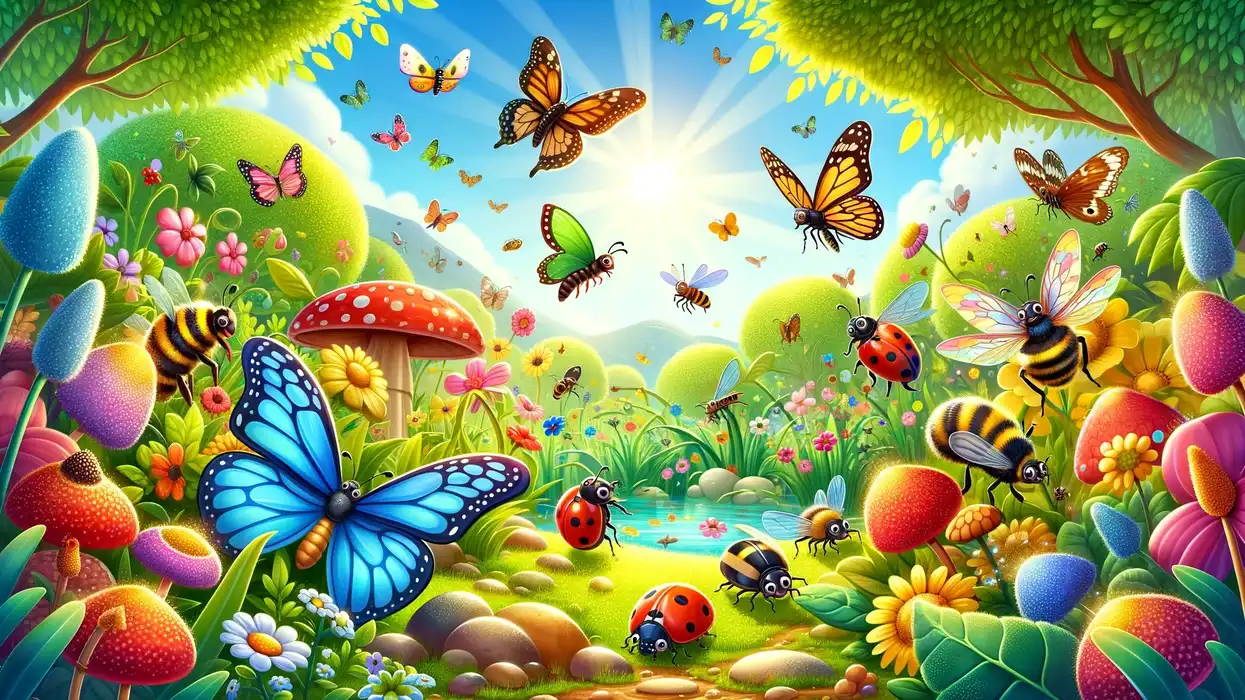Bats belong to order Chiroptera under the class Mammalia.
Bats' forelimbs are adapted as wings, making them the sole mammal capable of flying. Most bats are nocturnal and depend upon echolocation senses to search for food.
Bat animals are subdivided into megabats and microbats. Megabats are fruit eaters (frugivores), and microbats are mostly insect-eaters (insectivores). A few bats are nectarivores, which means they drink nectar and help in seed dispersion and pollination. Bats roost in dark places such as house roofs, attics, caves, rocky crevices, and trees.
Bats give us gross or unhygienic and spooky feelings, but did you know they maintain themselves very well? Yes, bats are meticulous groomers.
They spend most of the daytime cleaning their fur with their tongue and claws. They smell musty or like ammonia, and their feces do not have any odor. Read on to know more facts about bats and their poop.
If you enjoy this article, why not also read about how often do puppies poop? And how often are you supposed to poop? Here on Kidadl!
What does bat poop look like compared to mouse poop?
A bat can poop 20-30 times a day. That's a lot, isn't it? However, bat poop has both pros and cons. Bat poop is rich in nutrients that can be very beneficial for crops, but it can also transmit a harmful fungal infection (histoplasmosis) to humans.
Bat feces are pretty similar to mouse droppings. They have a similar blackish color, thickness, and size. However, you may have to look closer for tiny shiny particles present in bat droppings for proper identification. These tiny shiny particles are from the wings of insects that bats eat.
Fresh mouse droppings have a soft and putty-like texture. The pellets have pointed ends with rodent hair on them. In contrast, fresh bat droppings have a crumbly texture because of their diet. Bats' feces are like thin pellets found in piles with blunt-end-shaped droppings, and these dropping sizes vary with the age, health, and diet of the animal.
Be it a bat or mouse infestation, you still have to consult a professional exterminator to get rid of them. Necessary precautions such as using gloves and masks should be taken.
To prevent the spreading of dangerous bacteria, ensure following proper safety steps. Droppings are sometimes stuck on insulation material or wooden roofs; such instances require removing the affected insulation layer or scraping feces.
Does bat poop look like bird poop?
Bat feces are generally accumulated underneath the roost or below the access point to a roosting area in buildings. So if you find piles of dropping on the roof of your house or attic and a strange smell, then it can be a sign of a bat infestation.
Mammals have separate outlets for urinating and excreting waste, but birds have the same exit for urine and feces. If you observe a bird's fresh poop, the white sticky paste secreted is uric acid, and dark matter is feces.
Since birds excrete urine and waste matter simultaneously, we tend to mistake a bird's white pee for poop. Bat poop, on the other hand, consists of pellets that are blunt in shape and is very different from bird poop.
However, birds and bat droppings can cause severe breathing problems, histoplasmosis, bacterial infection, and the flu.
What are bat feces used for?

Every animal in the ecosystem generally serves a purpose. Bats play an essential role, too. They help in controlling the insect population and also in the pollination of flowers.
Bat guano (poop) can be used as a natural fertilizer for plants. As it is rich in phosphorus and high in nitrogen and potassium, it helps plants grow healthily and speeds up their growth. Bat feces have microbes that combat fungus present on plants.
These microbes change toxic substances into valuable organic manure. It also helps to control soil-borne diseases. Treating soil with bat droppings creates good soil aeration and improves soil texture.
Is bat poop dangerous to humans?
Although bats play an essential role in nature, exposure to roosting bats and their dropping piles can cause deadly damage to humans. In addition, severe health risks may arise from the bacteria, fungus, and parasites present in bats' roosting areas, which may cause many diseases in humans.
Histoplasma capsulatum fungus causes histoplasmosis disease, which affects both humans and animals. Most infection is spread by inhaled spores present in the air.
A small roost space may cause mild illness or no illness at all. However, a largely populated roost space like a cave without ventilation can cause blood abnormalities, high fever, pneumonia, and even death in some cases.
Finding droppings, urine stains, a dead or alive bat, hearing squeaks, and a place reeking of ammonia are all signs of a bat infestation. It's advisable to call a professional for inspection like wildlife removal services to clean and disinfect the infested property.
What does bat urine look like?
When we talk about bat removal by professionals, is it really essential? Does it affect us?
Bat urine looks like a milky patch with a downward flowing streak; the milky patch appears because of a high concentration of uric acid. Do you know bat urine is strong enough to corrode metal and wear out wooden fibers?
Yes, bat urine affects building infrastructures like roof metal sheets, waterproof membranes on tiles, and wooden attics. Not only are building spaces damaged, but even humans are affected. Studies have stated that bat urine causes a disease called leptospirosis.
Does bat guano cause insanity?
Do you know bat guano accumulates in caves and has been mined for centuries? Bat guano (poop) is the best organic fertilizer and is useful for plants. Though it causes many diseases, fertilizer companies risk lives to vacuum all feces accumulated in roosting caves.
There is no written evidence to show that bat poop causes insanity. Bats in the wild do not affect humans. However, domestic homes need to be bat-proofed to prevent bats from roosting in attics and buildings.
Here at Kidadl, we have carefully created lots of interesting family-friendly facts for everyone to enjoy! If you like our suggestions for what does bat poop look like? Then why not take a look at our article what do snake eggs look like? Or another article lesser horseshoe bat facts?










